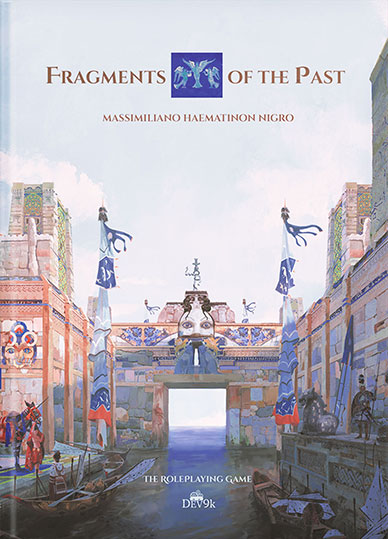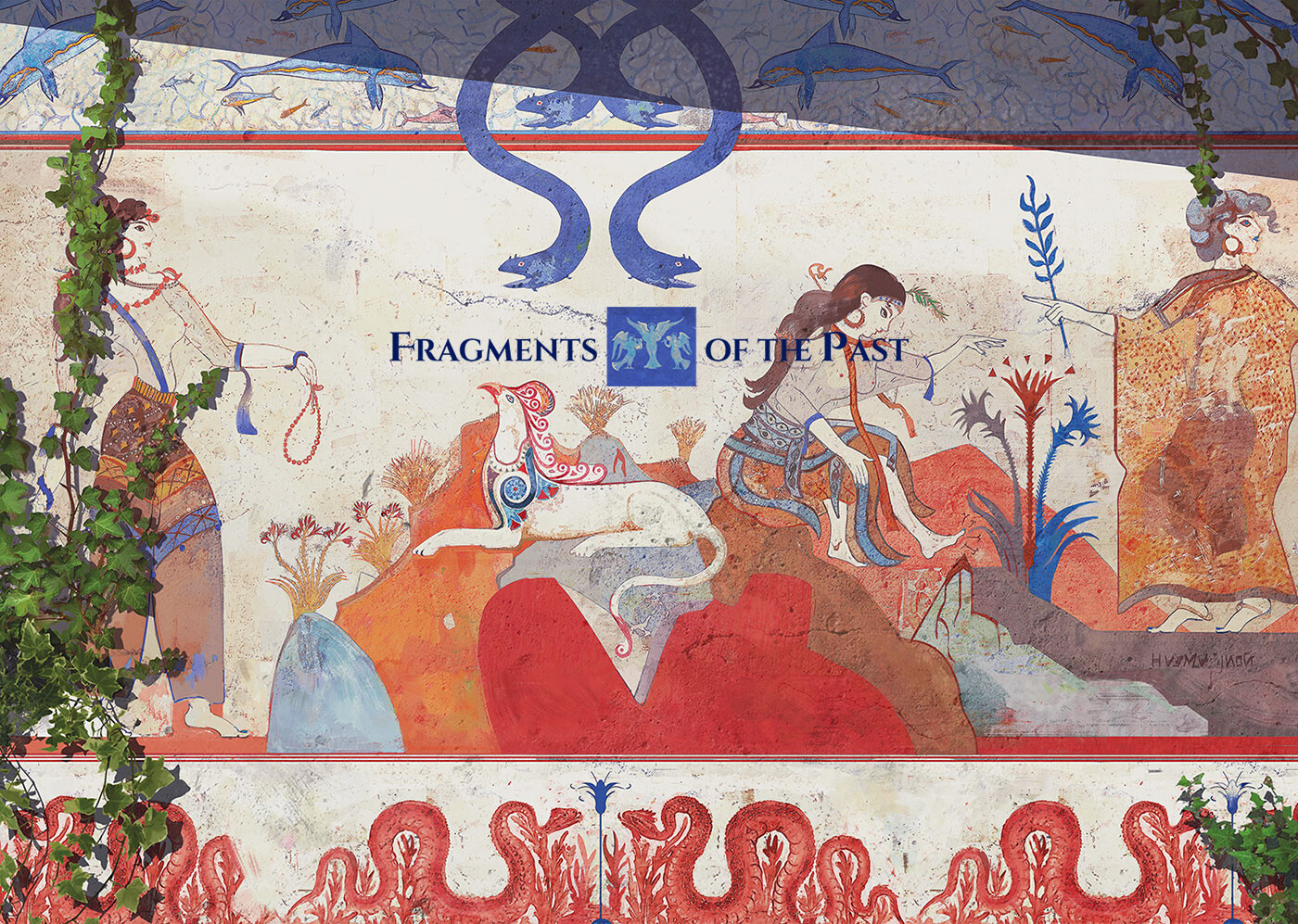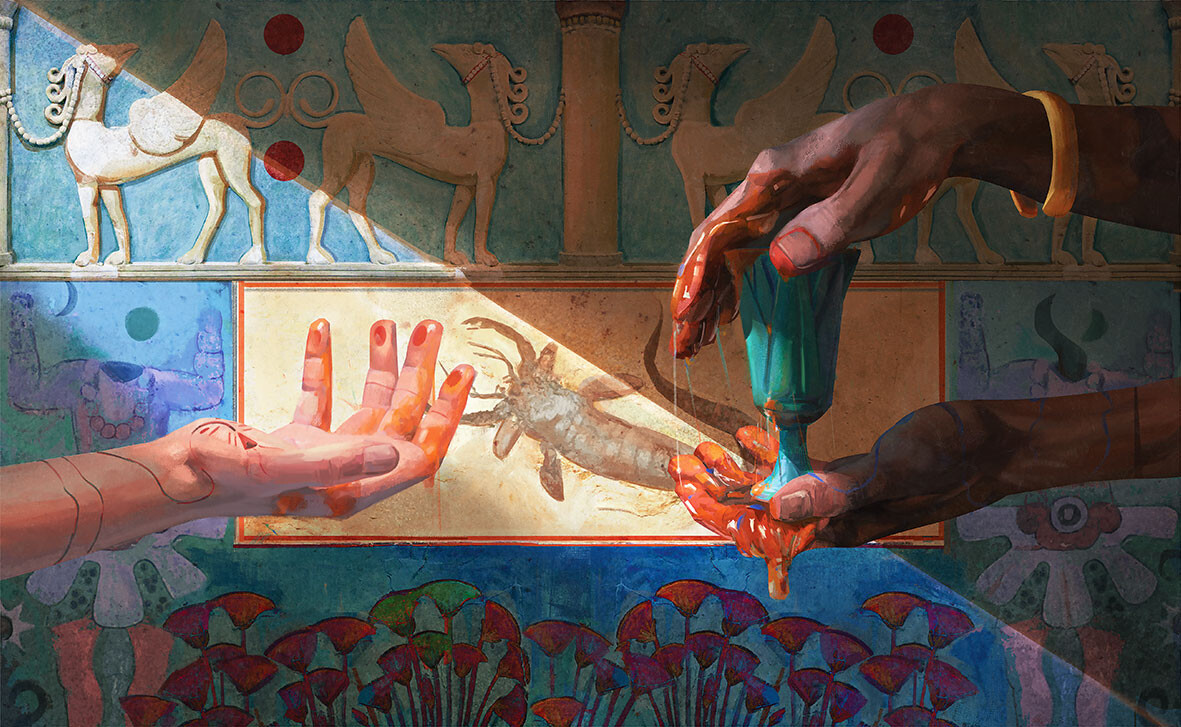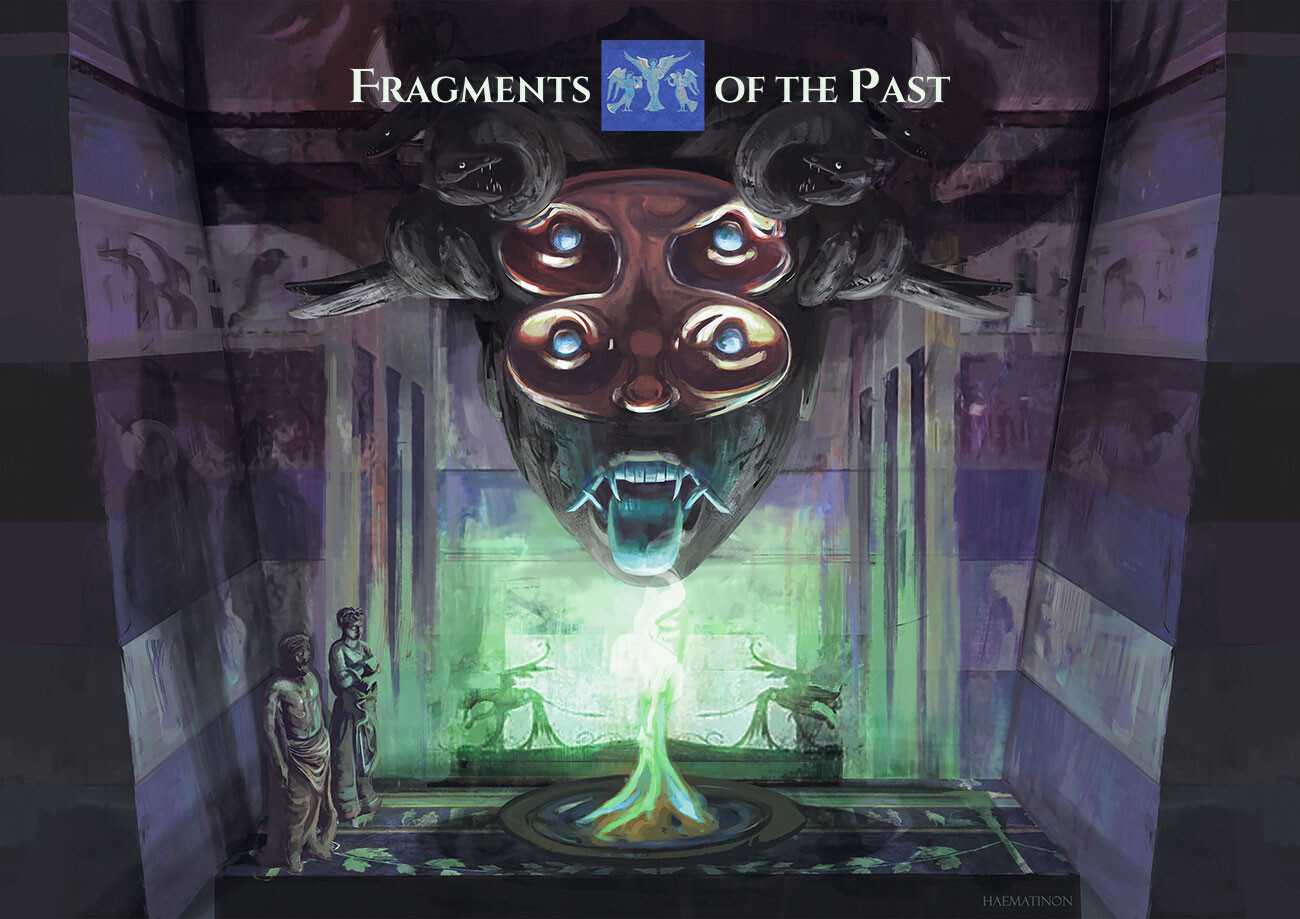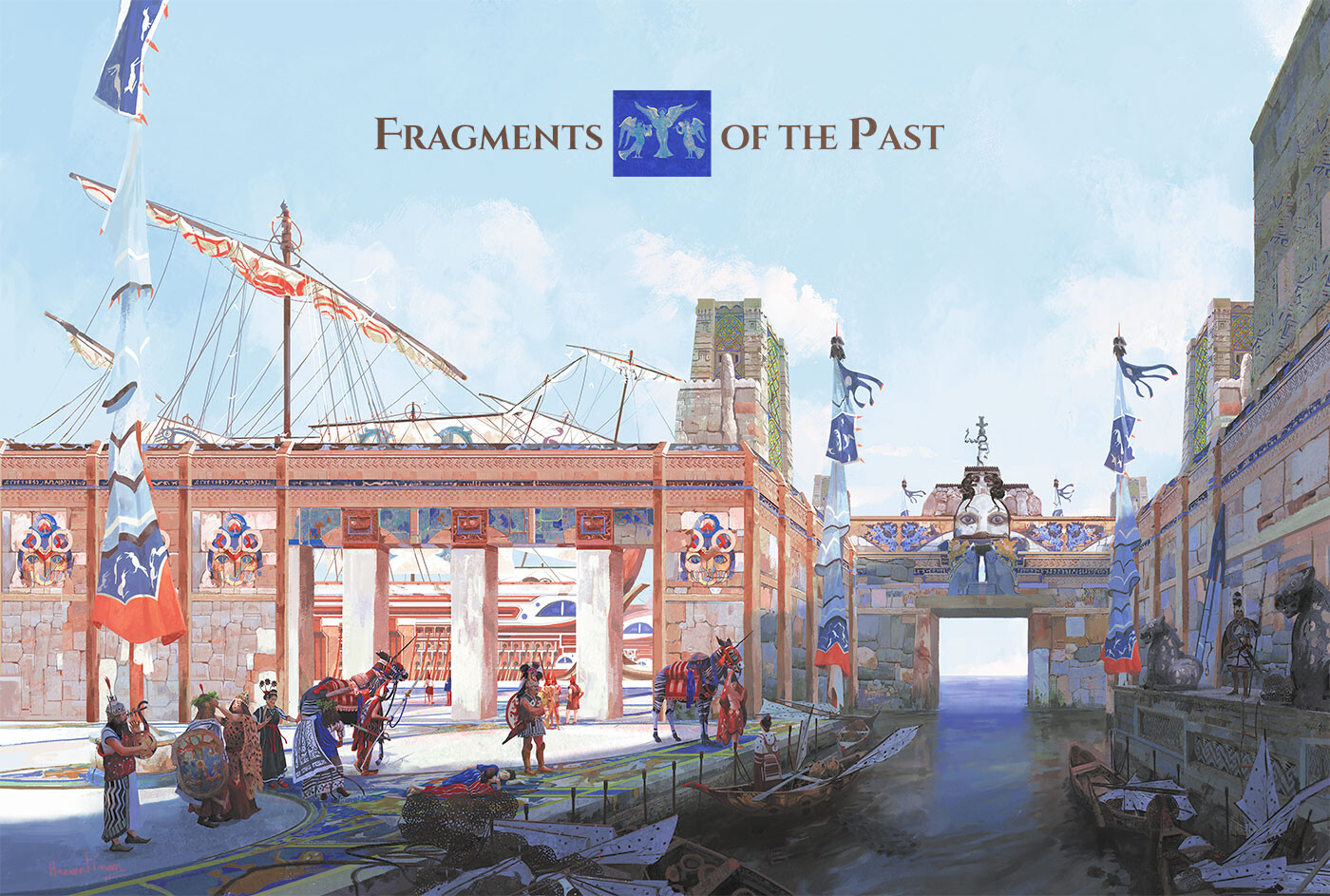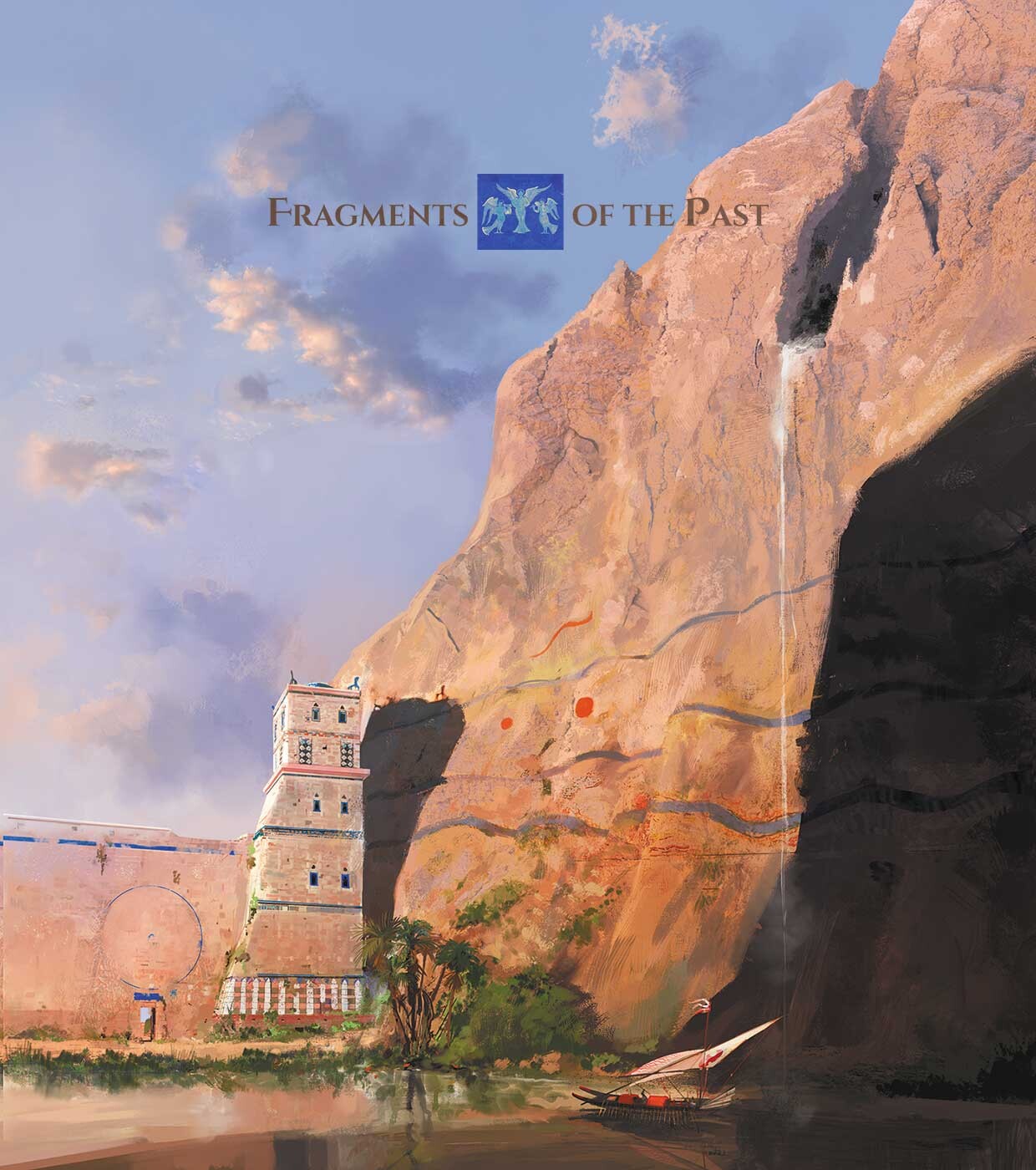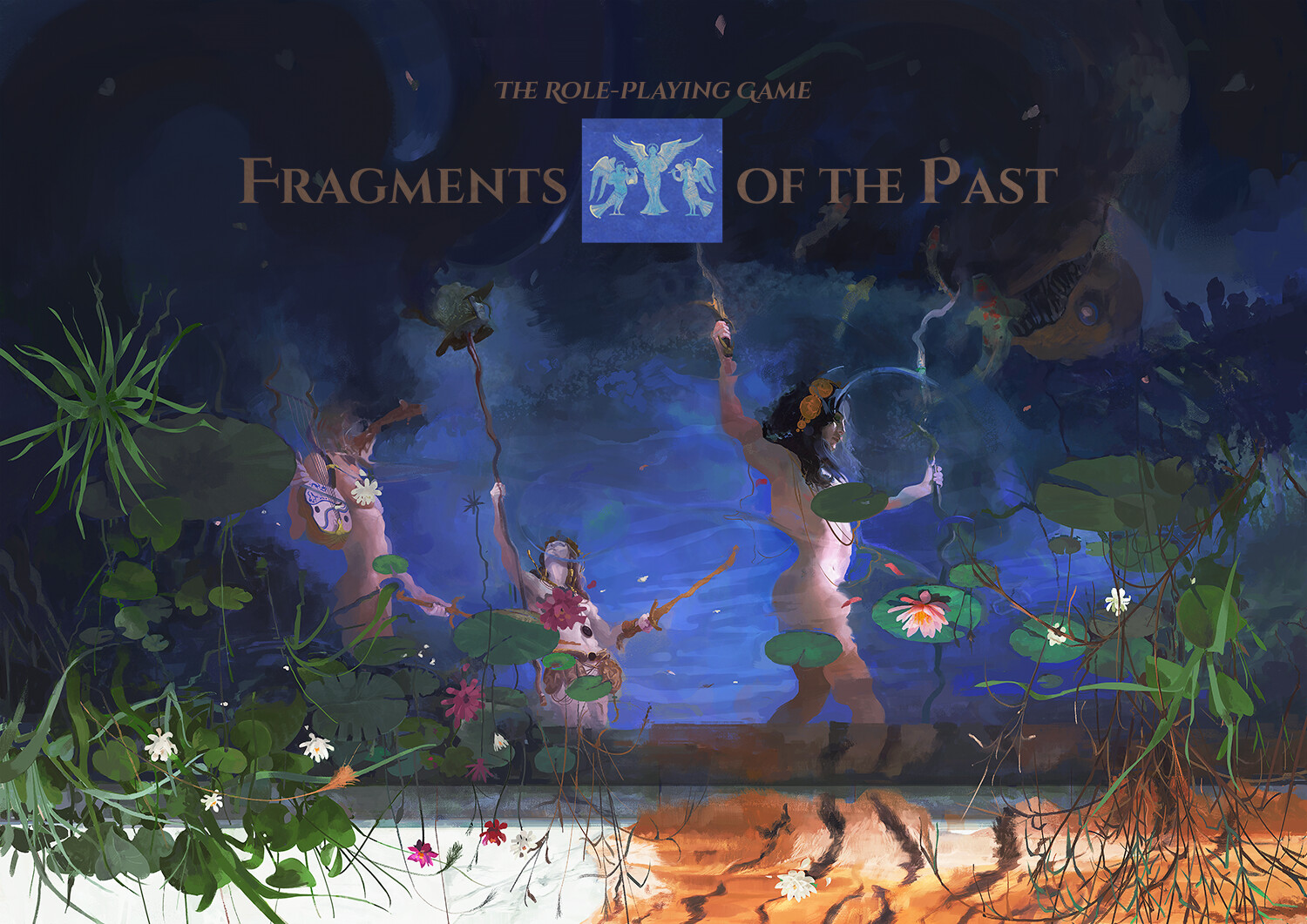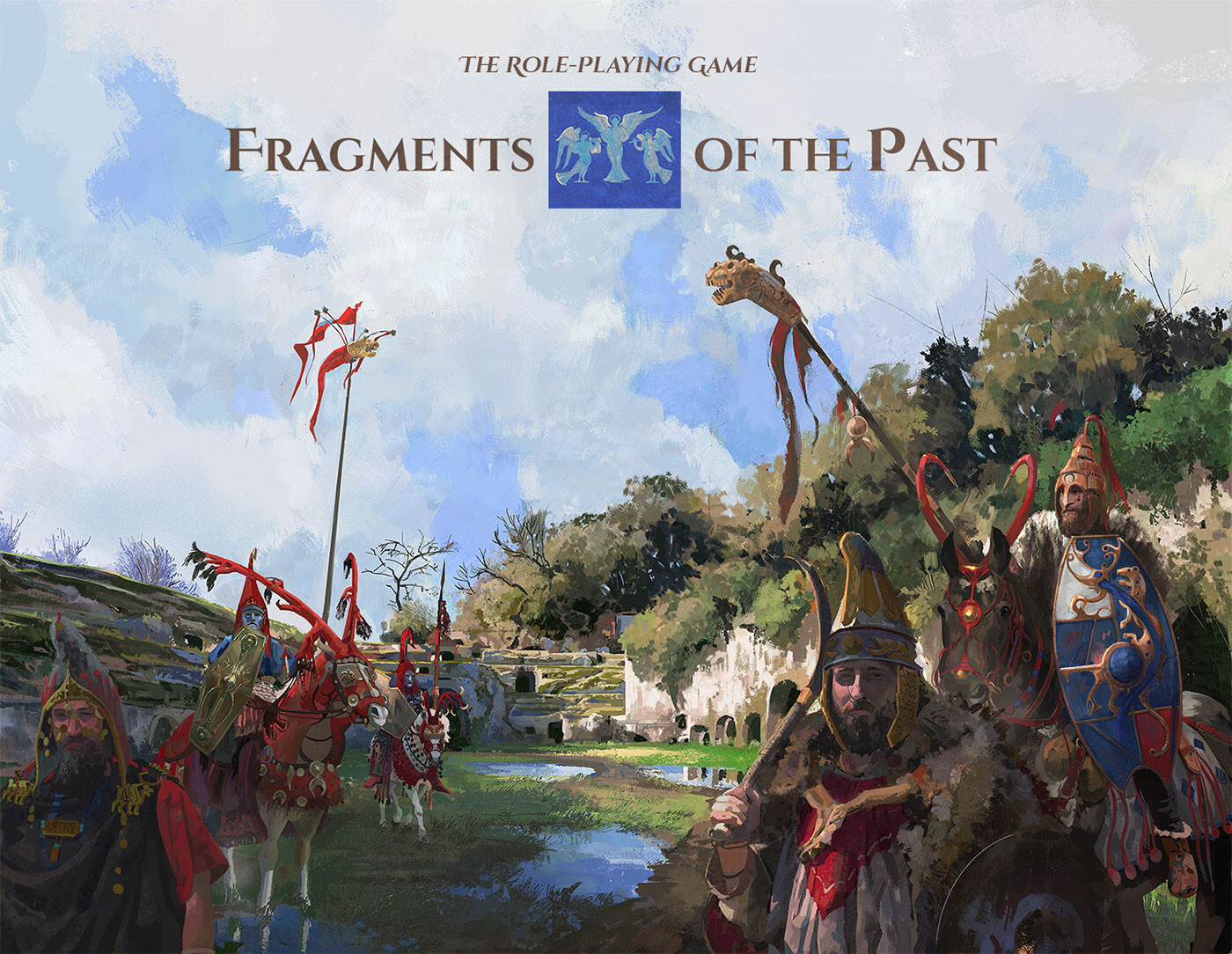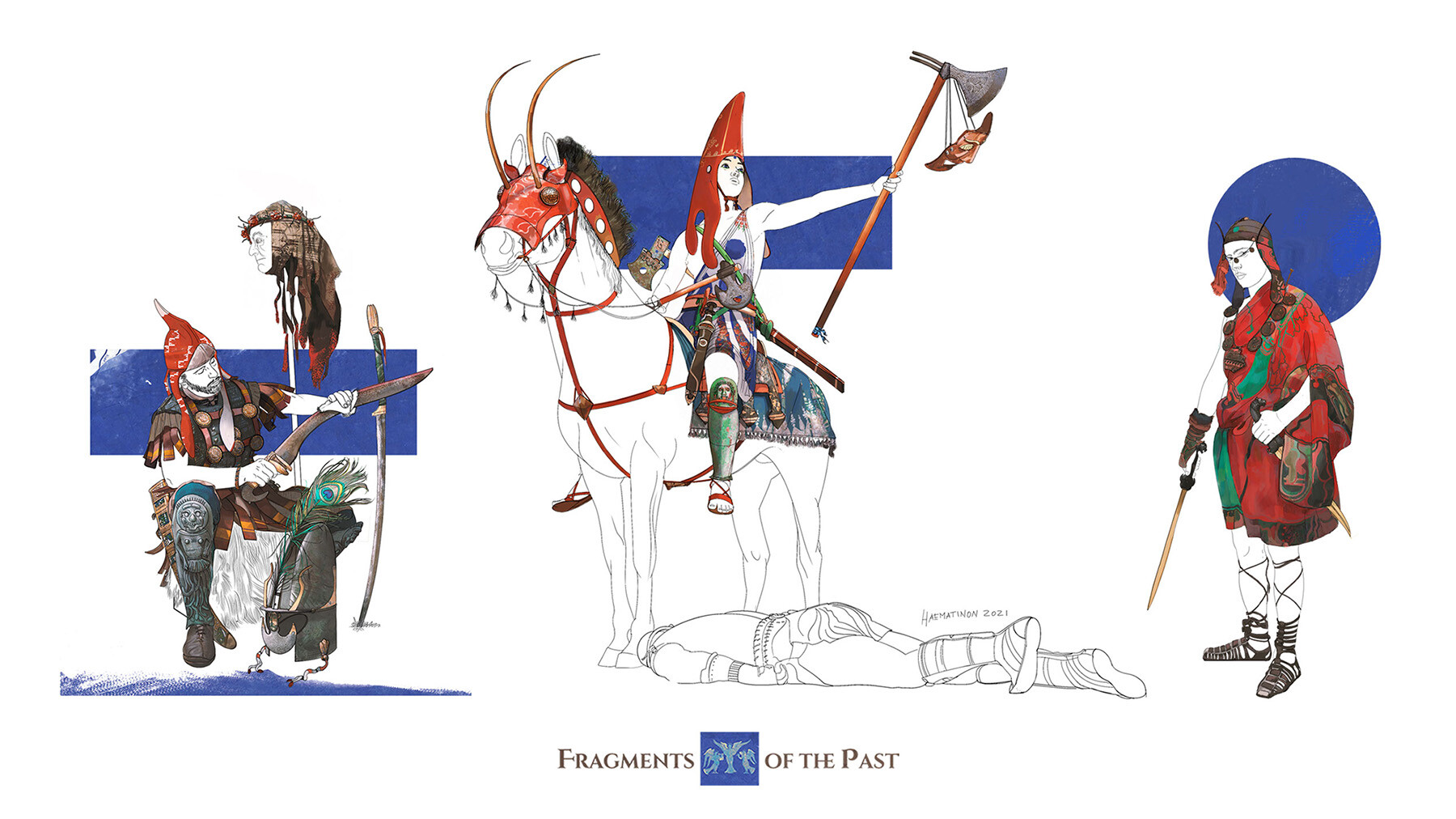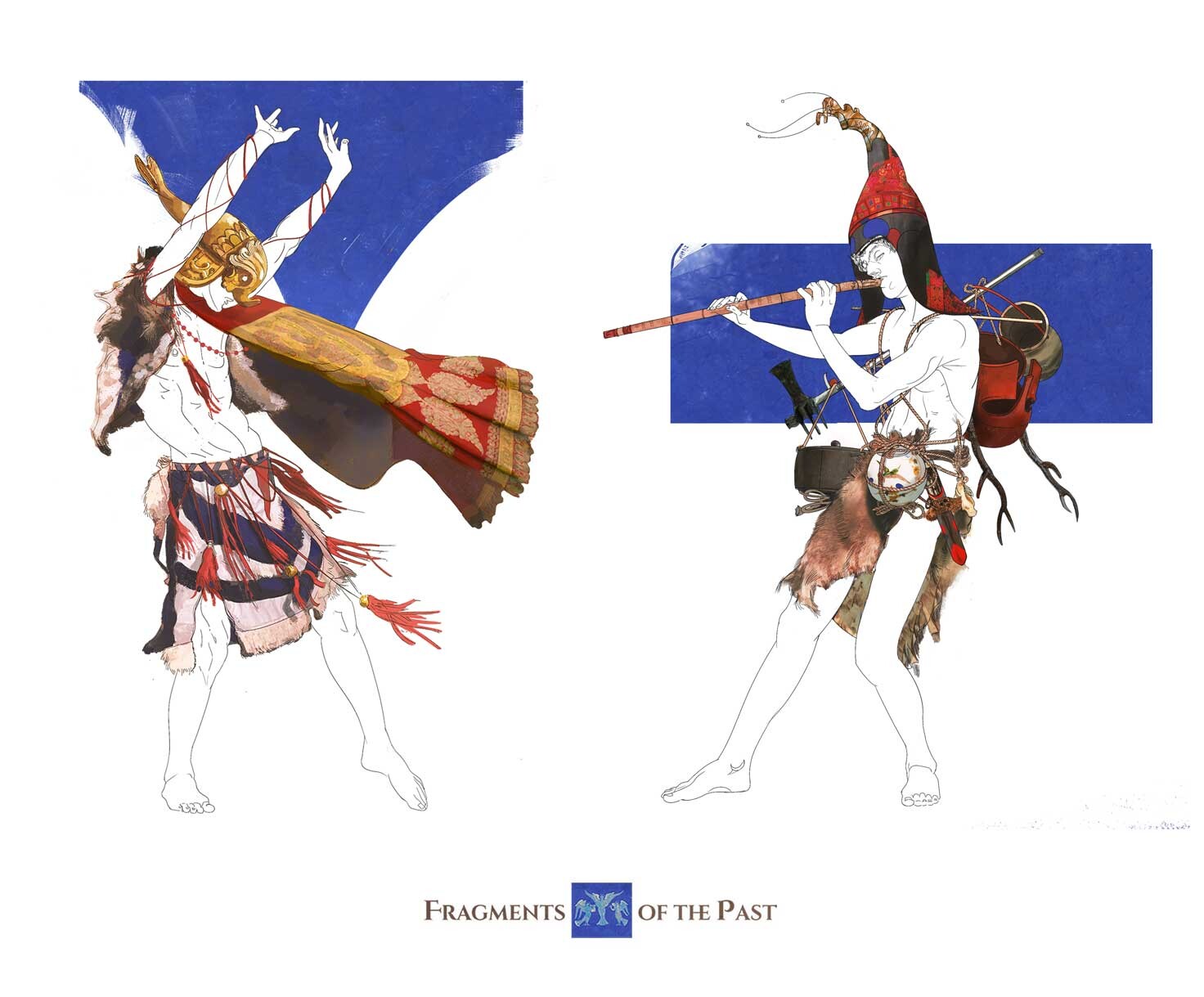Den (nord)europeiska bronsålder som efterfrågas:
View attachment 24655
Hockeyfrillan är historisk!
Från inlägget:
"Warrior from the NORDIC BRONZE AGE. The clothes are based on two Danish burials, the Trindhøj man (1347 BC) and the Muldbjerg man (1376 BC), which consist of a woollen wrap-around garment, a woollen belt and woollen foot wraps. There is no evidence of dyes in the Nordic Bronze Age, so the clothes would be of the natural colours of the sheep. This doesn’t mean that dyed clothes couldn’t have existed, but they may have been so rare that none has survived. This warrior wears his hair in a mullet, based on the burial of the man from Lille Dragshøj, of which only the scalp with the mullet has survived. The shoes are based on a pair found in Ørboekgård (Jutland) dating to 920-807 BC (very late Bronze Age). The shield is based on several Danish and Scandinavian finds, but unlike the originals, which are made of bronze and are possibly ceremonial, this one is made of leather, a far more common material for shields in the Bronze Age. A leather shield with the same decorative motif as this one has been found In Ireland (the Clonbrin shield), and the same motif appears on a shield engraved on a stone stela from Spain’s Extremadura region (Estela de Solana de Cabañas). Bronze Age shields with the same motif were also used in Central Europe’s Urnfield Culture. The sword is based on a find from Stensgård (Denmark) and belongs to an eastern European type that became popular in Scandinavia. The references for the weapons and the shield are modern replicas by Ørjan Engedal (Bronze Age Warriors Series)."
